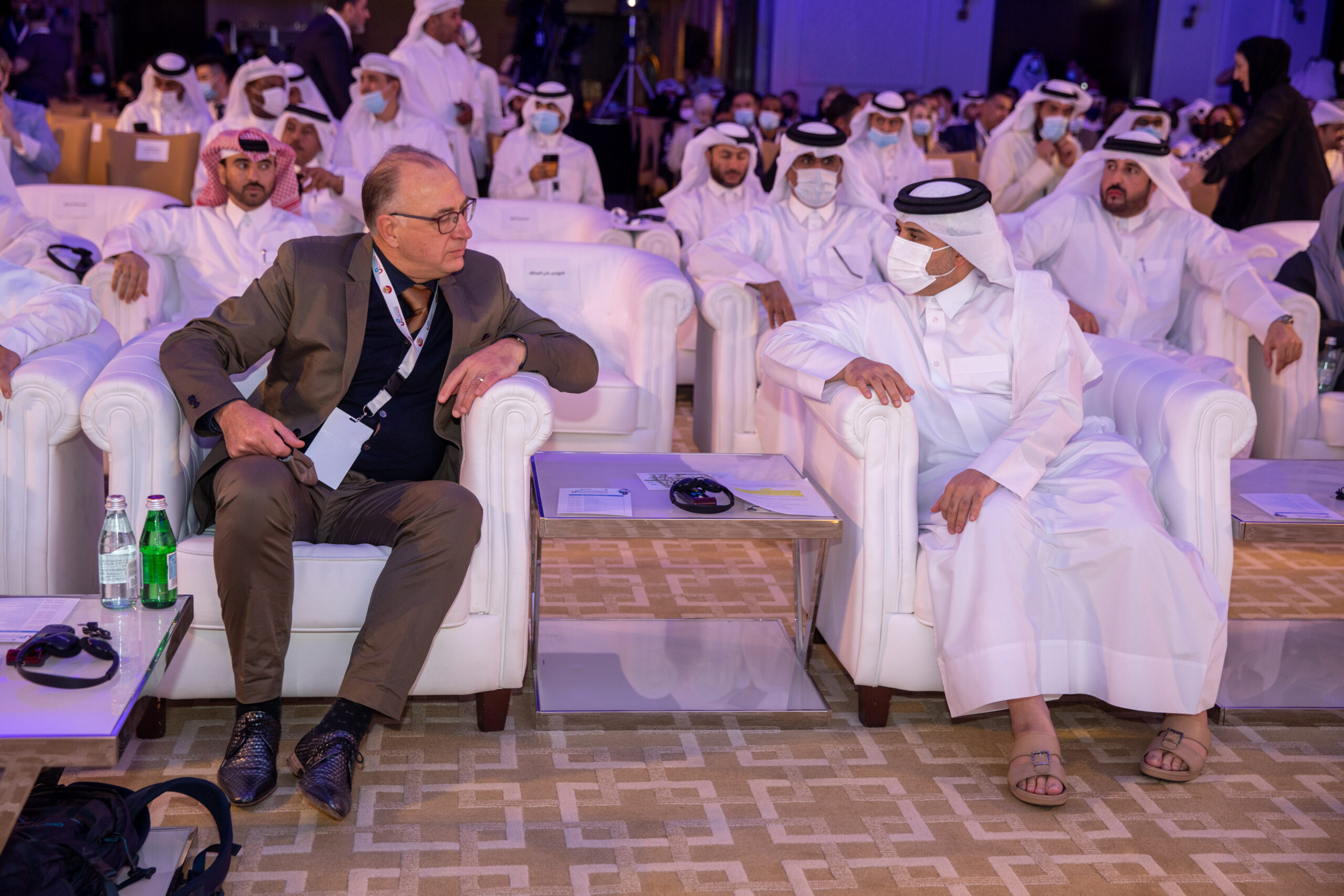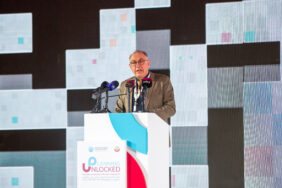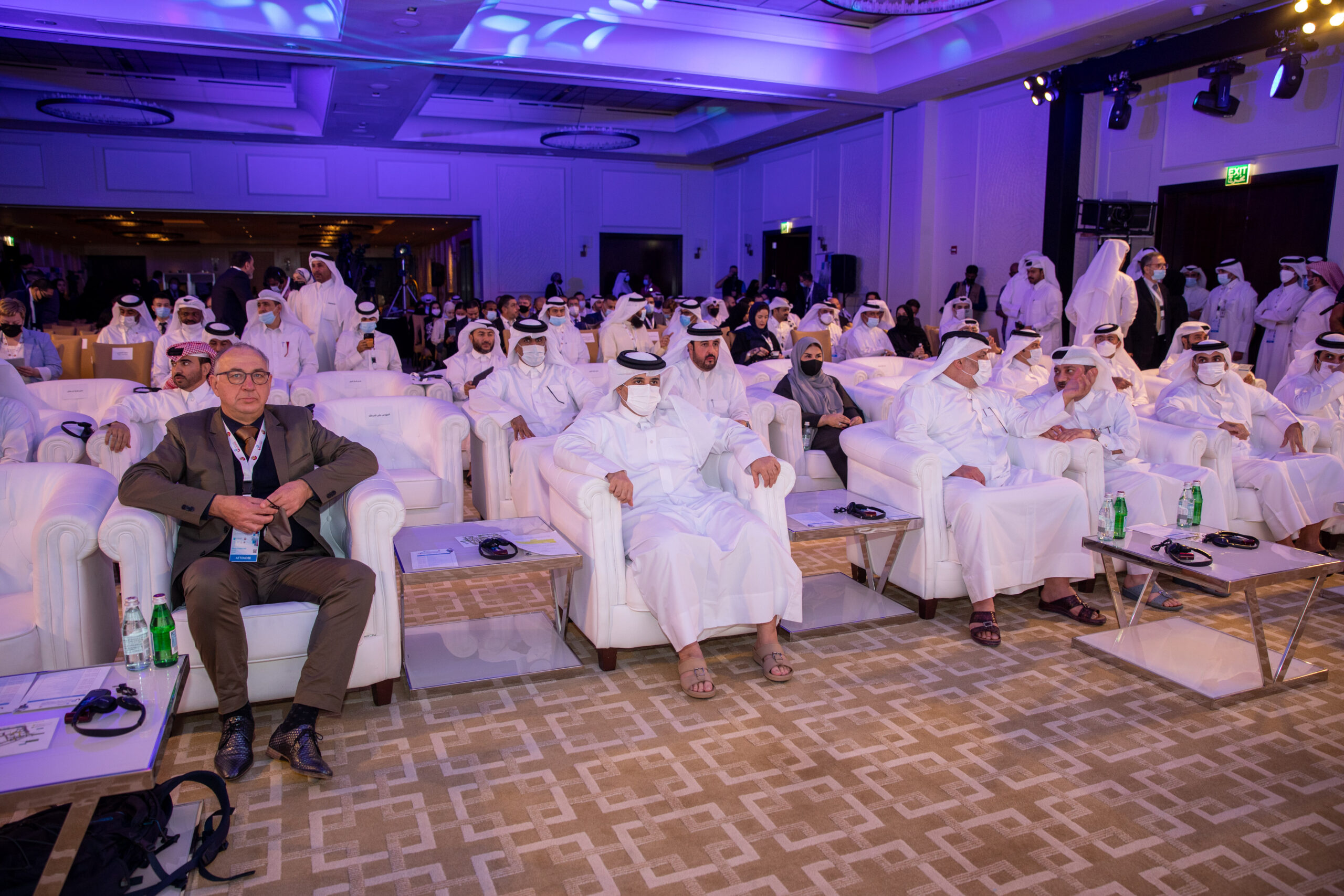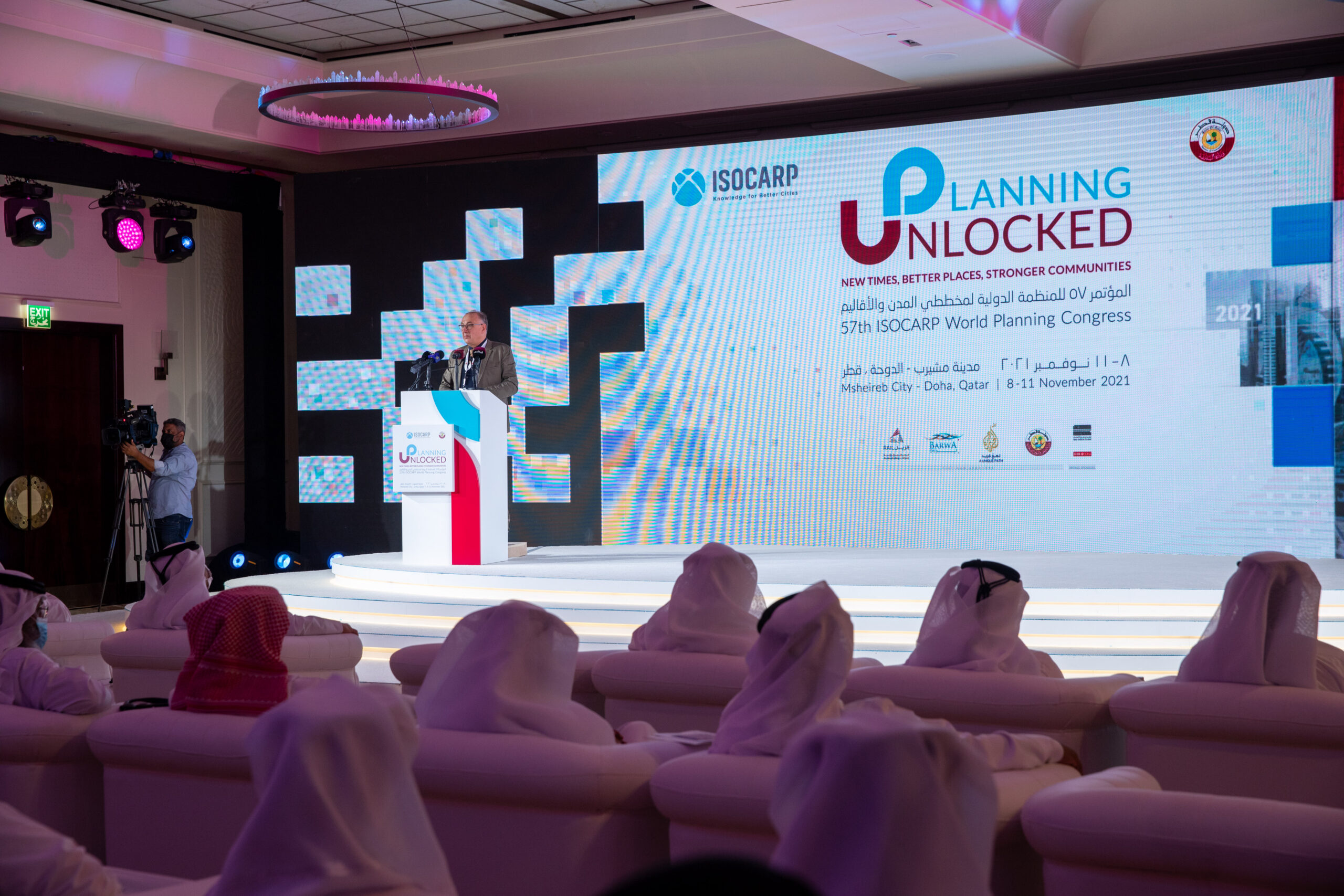Text as spoken at the 57th ISOCARP World Planning Congress in Doha, Qatar, on the 10th of November 2021 by Martin Dubbeling, the outgoing 17th President of ISOCARP 2018-2021.
Your Excellencies, dear Board members and dear members of ISOCARP, dear congress delegates, dear friends and colleagues in our vital profession of city and regional planning, urban design and place making from all over the world.
I am delighted and it is my honour to address my State of the Profession in my capacity of outgoing President of ISOCARP. The State of the Profession is one of ISOCARP’s traditions that enables the outgoing President to reflect on his past three-year term and on the profession of urban and regional planning profession in general.
The images you see next to me is a selection of 120 photos of members and member activities I collected in the past ten years that I served on the Board of ISOCARP as Vice President Urban Planning Advisory Teams between 2011 and 2017, as President-Elect and President of ISOCARP between 2017 and 2021, and as one of the three Directors of the ISOCARP Institute between 2018 and 2021.
 QUOTING PROF. SAM VAN EMBDEN
QUOTING PROF. SAM VAN EMBDEN
Allow me to start that I am inspired by Professor Sam van Embden, the founding father of ISOCARP and the first President of ISOCARP between 1965 and 1975. Sam van Embden was a Jew and through a close network of family, friends, and colleagues he could avoid and prevent deportation in the Second World War. It is remarkable that, 20 years after the Second World War, Sam van Embden built ISOCARP as a trans-European network of architects and planners in an act of post-war reconciliation.
Gradually, ISOCARP became a global network of planners. When Sam van Embden left as President in 1975 and was succeeded by the German architect and planner Gert Albers, members of ISOCARP labelled Sam van Embden as ‘a symbol of the European man of the future’. For Sam van Embden, urban planners and designer were the doctors and surgeons of cities. This concept of planners being the doctors and surgeons of cities has inspired me very much.
When ISOCARP was founded in 1965, population of western cities increased rapidly. It became clear that town and regional planners had tasks beyond housing and that good planning was important to stimulate economic development, to manage social change and to tackle environmental challenges. ISOCARP was founded to study and to discuss urbanisation that was progressing irresistibly in the 1960’s. Today, more than 50% of the world population is living in cities and this percentage is increasing. The motto of ISOCARP, ‘Knowledge for Better Cities’, describes exactly where we, as a society of planning professionals, stand for and still stand for.
The inaugural congress of ISOCARP was held in the Netherlands. In the past five decades, ISOCARP has grown into a worldwide platform where planning professionals from all corners of the world and from all ages and backgrounds share their knowledge, experience, and passion for the planning profession. To my opinion, this learning network of planning professionals still is the greatest asset that ISOCARP provides to its members.
THE DILEMMA OF PLANNING
In his State of the Profession, Sam van Embden described what he called the ‘horns of the dilemma of planning’. And I quote, ‘There is no doubt whatsoever that we simply cannot stop, or even slow down, planning and organizing cities without immediately endangering the existence of the three, soon six billion inhabitants of this planet.’ With other words, the more we build, the more we destroy and have an impact on the life of others. ‘But the more these planning-systems will extend and tend to organise their lives, the more each separate individual will feel exasperated and the stronger it will oppose the restrictions laid upon it in the name of the community.’
‘The only answer I would know to this dilemma (and I still quote Sam van Embden in 1975 – MD) refers to a renewal of our mental disposition. In the first place it concerns those who must accept planning, but also (and from the point of view of Sam van Embden this is the most important side – MD) of those who are actively involved in the planning-work. For all of them the main objective should be to find out how to plan freedom. In my opinion (the opinion of Sam van Embden) this means: to learn how to plan as if we were not planning. This is more a question of mental attitude than of method, more of wisdom than of knowledge. To this, just as to every other fundamental problem, there is no real and lasting answer. Each new generation will meet it under another appearance. Each generation will have to find its own solution. We should search for ours.’ End of quote from the State of the Profession of Sam van Embden in 1975.
MY INSPIRATION
To reflect on this, the words of Professor Sam van Embden are as topical now, in 2021, as 45 years ago in 1975. I find inspiration in these words for my work in the Municipality of Eemsdelta in the Netherlands, where I work with hundreds of colleagues and experts on completely renovating and rebuilding historical and industrial towns, villages, neighbourhoods, effecting thousands of houses, schools, churches, and care facilities that are struck by multiple earthquakes induced by the extraction of natural gas.
Now back to ISOCARP of today. The ISOCARP network and the ISOCARP congresses have always inspired me to do more and to do better. The themes of the congresses always were and still are forward looking and addressed issues and topics that were well ahead of the then present discourse. Like the Creative City in 2005 and Post Carbon Cities in 2009. This is one of the reasons that I became an active member and a Board member of ISOCARP. My ten years at the Board of ISOCARP as Vice President UPATs and President of ISOCARP and well over three years as one of the three Directors of ISOCARP Institute has been an incredible journey. This decade enabled me to initiate, lead and participate in numerous workshops, missions, trainings, publications, expert meetings, juries, panels, seminars, and congresses. My interactions and cooperation with hundreds of members through these years have been a real privilege and a truly humbling experience.
THE NEXT GENERATION OF PLANNERS
Meeting with other members has been my biggest inspiration to become President of ISOCARP. I have learned a lot from the interactions with both senior and young planning professionals. Simultaneously, I have seen young members entering ISOCARP and I have watched them grow and develop at an amazing pace. I would like to highlight and introduce three of these young and active ISOCARP members. One from Europe, one from Asia and one from Africa. They represent the next generation of planners. They represent the future generation of ISOCARP. They were my inspiration to become President of ISOCARP.
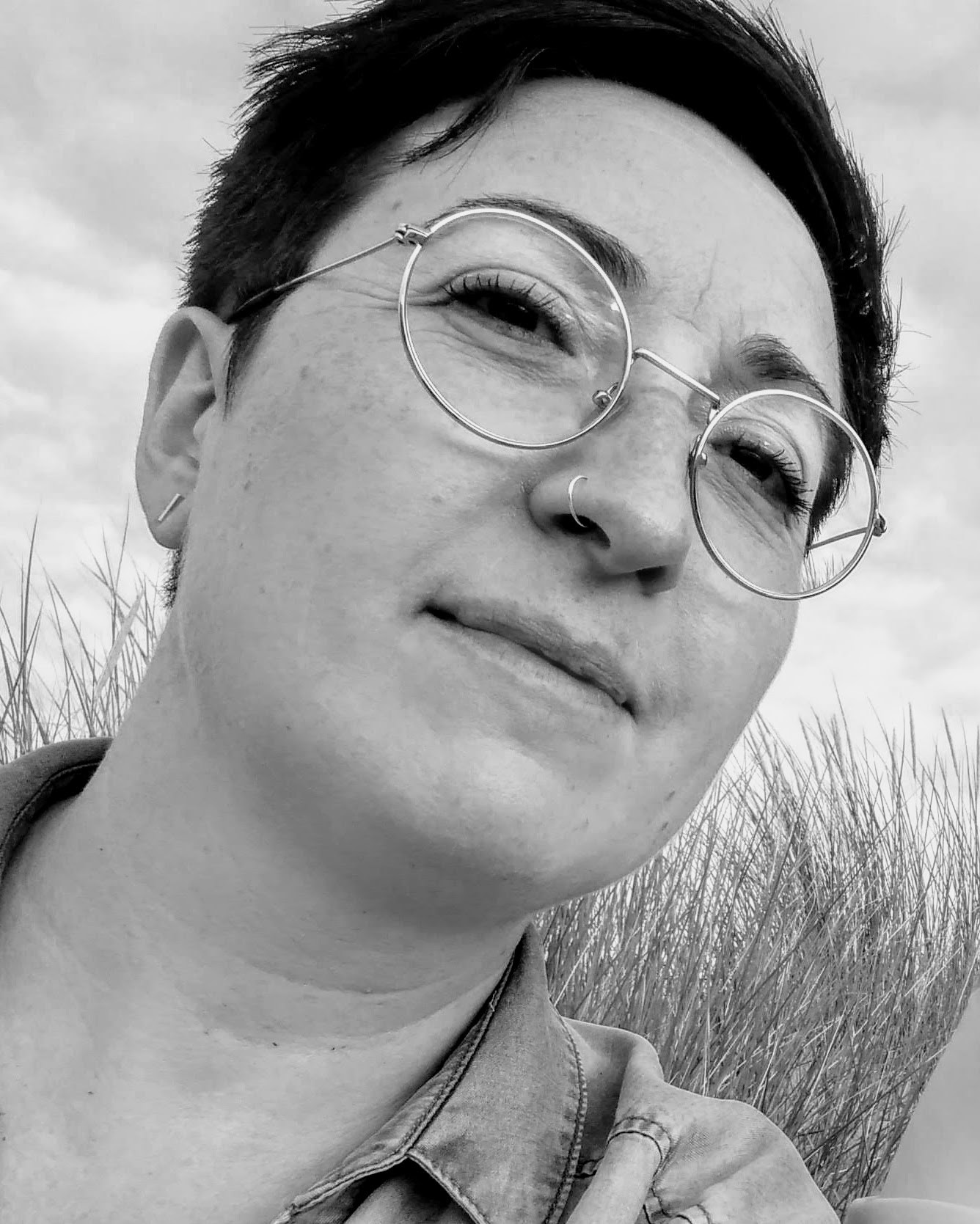
Martina van Lierop
The first younger planner is the talented landscape architect Martina van Lierop from The Netherlands. Martina and I worked at the same planning office for several years and I was happy to introduce Martina to ISOCARP by inviting her to the YPP workshop at the 2010 congress in Nairobi, where I was invited to be the YPP workshop coordinator. In 2012, Martina also participated in the YPP workshop in Perm and was invited as an expert for a student workshop in Minsk through her ISOCARP network. In 2014 Martina was selected as the YPP coordinator for the Local YPP workshop in Moscow and as team member of the ISOCARP Urban Planning Advisory Team ‘Capacity Building and Test Planning Exercises for Gaza and the West Bank’, for UNDP and UN-Habitat in 2015.
For this and future UPAT workshops, Martina successfully developed and designed the PLAN Magazines. In 2016, Martina was mentor at the Mentor & Student Research Lab in Gdansk. In the same year, Martina got a position as a research and teaching associate at the Munich University of Technology, where her ISOCARP experiences help her with preparing students to be future planners as well as with managing international projects, such as the EU Horizon2020 project JUSTNature with the ISOCARP Institute. In the next months, Martina hopes to finish her PhD in collaborative planning of green infrastructure and have more time for ISOCARP again. Thank you very much, Martina van Lierop. I am convinced that you will take many more interesting steps in your brilliant career.
Jackie Ni Mindong
The second younger planner is Ni Mindong, Jackie for friends, is and urban and rural planner and designer working at the Ningbo Urban Planning and Design Institute and is the Vice-director of the Ningbo Urban Planning and Design Institute Spatial Resource Planning Department. I have met Ni Mindong in 2014 at our wonderful congress in Gdynia, Poland, where his Institute received the Awards for Excellence for the spatial strategy for the conservation and development of the Ningbo Xiangshan Harbor. In 2018 and 2019 the Ningbo Urban Planning and Design Institute hosted the ISOCARP Urban Planning Advisory Team (UPAT) workshop for the historic Xinmalu District and the UNICEF Young Planning Professionals Workshop on Child-friendly Urbanization.
In 2018 Ni Mindong was a valuable team member of the UPAT workshop for the inner city of Durban in South Africa. Through the years, I had the privilege to be a guest of the Ningbo Urban Planning and Design Institute for multiple visits and exchanges and experienced that Ningbo is one of the most liveable cities of China. Thank you very much, Jackie Ni Mindong. We became close friends, and I hope to meet with you soon again in China or at one of our next congresses.
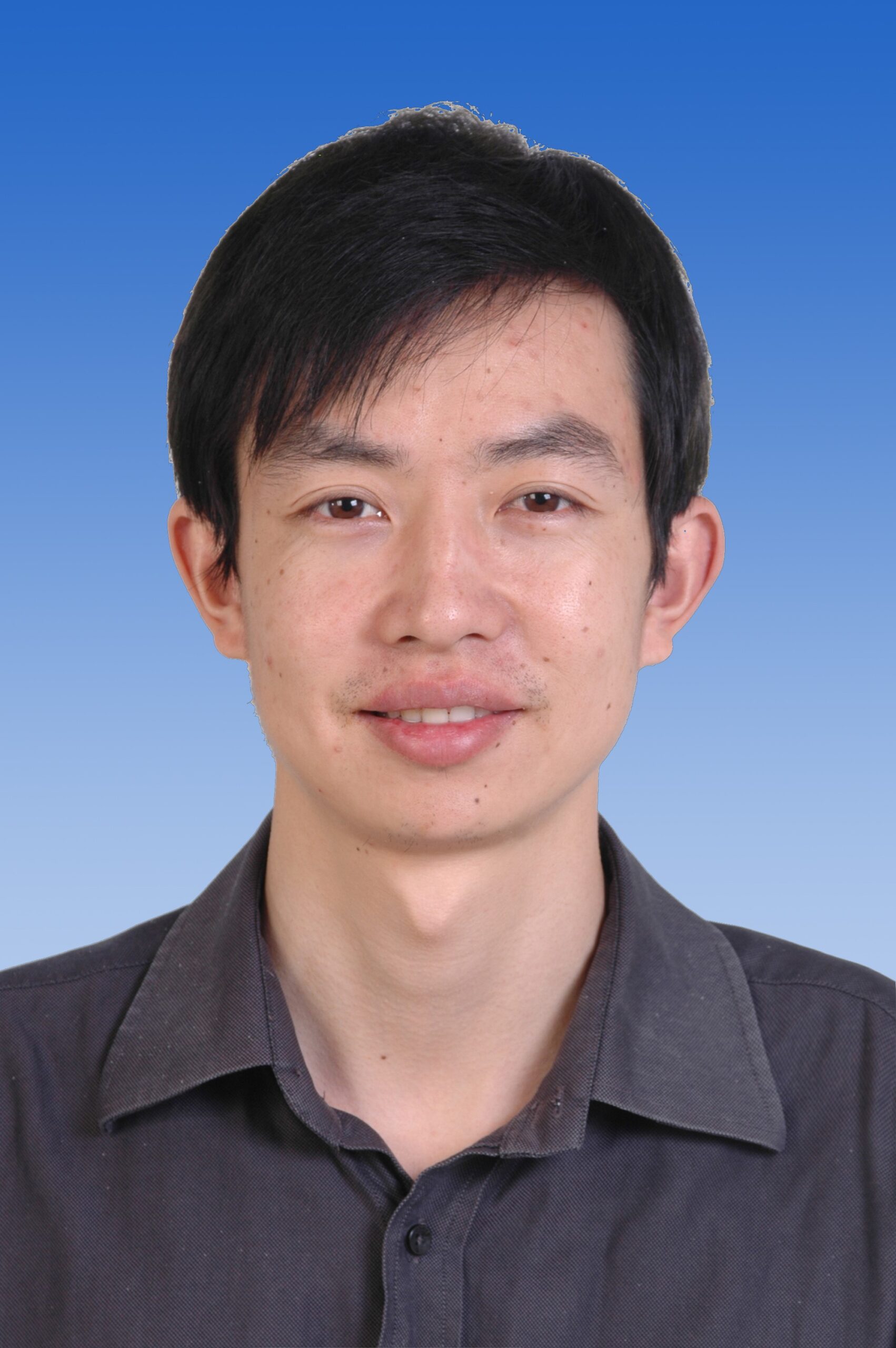

Hangwelani Hope Magidimisha
The third younger planner is (now) Professor Hangwelani Hope Magidimisha. She made history as the first black-female South African to graduate with a PhD in Town and Regional Planning at the University of KwaZulu-Natal in 2015. Through her impressive CV there is a strong red line with ISOCARP activities, such as her participation in the YPP workshop in Gdynia in 2014, writing and reviewing multiple ISOCARP congress papers, and as a member of the Local Organising Committee of the fantastic and glamorous ISOCARP Congress Durban, South Africa, in 2016.
For this congress in Doha, Hope was the organiser of the YPP workshop, and in 2018 she was involved in the preparations of the Durban UPAT workshop that was hosted by the eThekwini Municipality. Last year in our fully virtual congress and this year again, Professor Hangwelani Hope Magidimisha is our Co-Rapporteur of this ISOCARP congress here in Doha. Thank you very much, Hope. For your services the Board of ISOCARP granted you and General Rapporteur Piotr Lorens, a Bronze and Honorary Institutional Membership of ISOCARP.
Martina, Jackie and Hope have in common that they joined ISOCARP at the start of their career, are regular participants in our congresses, have served in Congress Teams, and have initiated and participated in YPP and UPAT workshops. I am very, very proud that ISOCARP gave them a platform and that they and other members benefitted from the international exchange of the ‘Knowledge for Better Cities’.
THE FUTURE NEEDS ITS HISTORY
Since I joined ISOCARP in 2005, the activities and open network brought me to 90 cities in 30 countries on five continents. This experience has taught me that the key success factor for the future of next cities is to combine the values of liveable, sustainable, inclusive, competitive, and smart cities.
Successful and sustainable towns and cities must display flexibility and, to quote Sam van Embden, successful and sustainable towns and cities must plan freedom. Plans for towns and cities may last for a long time and redevelop themselves over decades and centuries to accommodate new functions and to meet new requirements. Changes throughout time and changes in identity and functions are necessary to retain the vitality, competitiveness and liveability of towns and cities. In these cities and throughout history, products were manufactured, goods were traded, taxes were charged, armies were equipped, and travellers, refugees and migrant workers are welcomed.
Cities became increasingly specialized in the manufacture of certain goods, a trade, land defence, government, religion, education and science or culture. In the past decades cities became increasingly specialized in tourism, sports, and media, like Doha.
THREE CONDITIONS FOR SUCCESSFUL CITIES
One of the lessons that can be learnt from the past is that successful towns and cities can become better and stronger places on three key conditions. Condition number one is that these towns and cities are capable to repeatedly adapt to new functions and identities. Condition number two is that these towns and cities (and their city planners) need to learn to combine and include old and new values, old and new functions, old and new identities, and old and new technologies. Condition number three is that these towns and cities (and their city planners) need to actively involve and engage their old and new inhabitants and their old and new communities in creating better places. This is and remains a continuous struggle in all cities in the world.
WORDS OF THANKS
To conclude my State of the Profession, I thank the present and the previous Board and staff of both ISOCARP Society and the ISOCARP Institute for their support and collegiality, and for sharing the same dreams, ideals, and vision. My successor and 18th President of ISOCARP will take over all my tasks, duties, and responsibilities in both the ISOCARP Society and the ISOCARP Institute during and after the Annual General Meeting later today.
I am convinced that my successor, Pietro Elisei, has the experience, wisdom, and vision to lead the ISOCARP Society as President in the next three years and to lead the ISOCARP Institute as one of the Directors. From my experience, I can confirm that this is a huge task that will take most of his time. But he will need your help, your trust, and your support in the next three years.
A few specific words of thanks. I thank dr. Shi Nan, Secretary General of the Urban Planning Society of China, for welcoming me in China and proving us leads to UPAT and YPP workshops in Chinese cities. I thank prof. Hongyang Wang from Nanjing University for honouring me with my official Chinese name, Du Ma Ding.
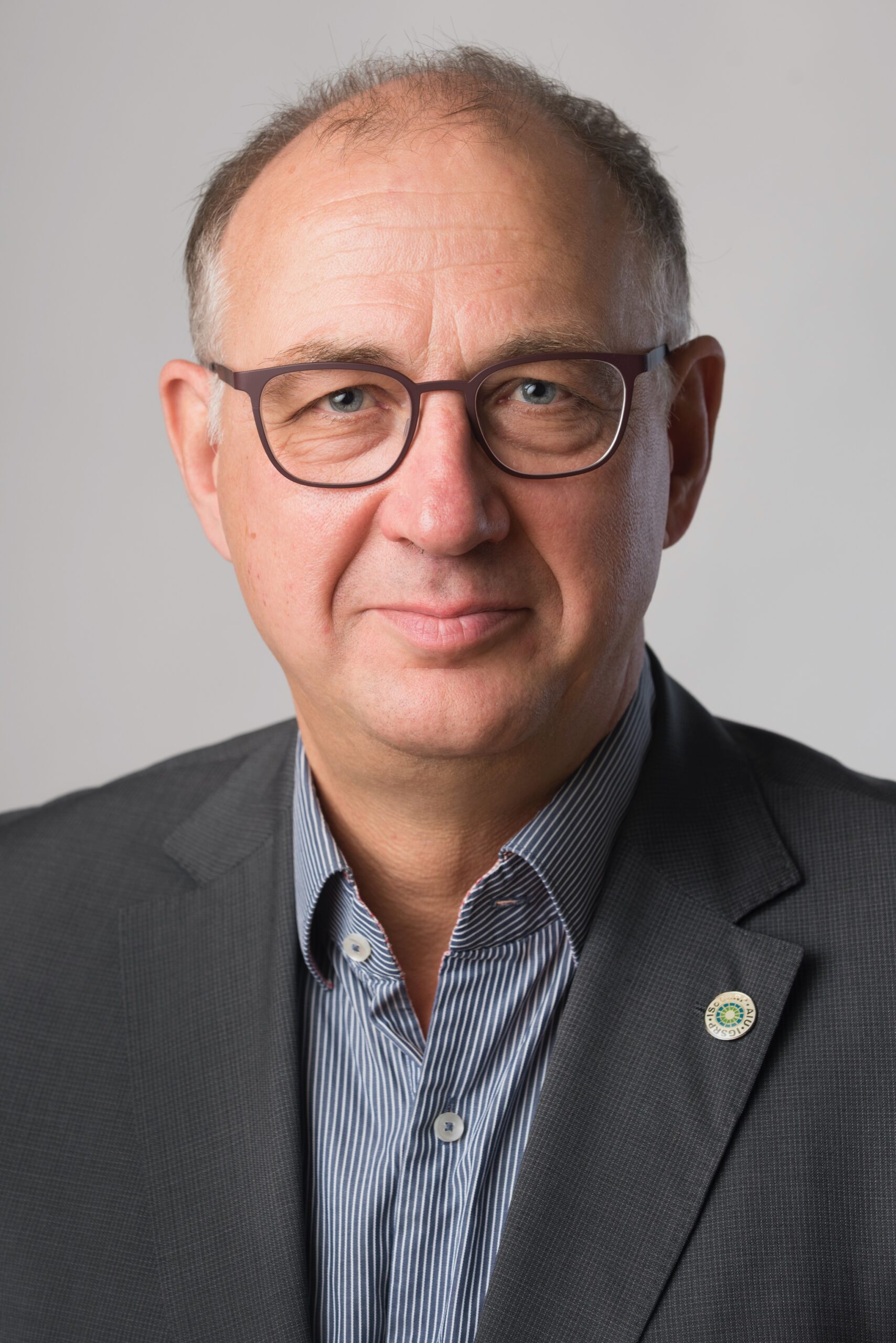 I thank Didier Vancutsem and Daniele Vettorato for the joint adventure of almost three and a half years in what we called the start-up, the ISOCARP Institute, the Centre for Urban Excellence, the successful and independent project office of ISOCARP. I thank Frank D’hondt for inviting me to the exiting missions to Ramallah, Gaza, and Kabul and for being our energetic Secretary General.
I thank Didier Vancutsem and Daniele Vettorato for the joint adventure of almost three and a half years in what we called the start-up, the ISOCARP Institute, the Centre for Urban Excellence, the successful and independent project office of ISOCARP. I thank Frank D’hondt for inviting me to the exiting missions to Ramallah, Gaza, and Kabul and for being our energetic Secretary General.
I wish and trust that ISOCARP Society and ISOCARP Institute have a great and prosperous future. During the AGM tonight here in Doha, we will present and discuss the Board report, the Annual Accounts for 2020-2021, and the budget for 2021-2022. I welcome you all, in person and virtual, to join this meeting and to discuss the future course of ISOCARP.
My final words in this State of the Profession. I am especially grateful to my lovely wife and ISOCARP member Saskia Spijkerman. Together we participated in all the ISOCARP Congresses since our first congress in Bilbao in 2005. Saskia supported me in the past 10 years while I was on the Board of ISOCARP. She allowed me to spend thousands of hours behind my computer for ISOCARP and allowed me to travel abroad for several weeks every year and, in one year, even for several months.
Thank you all very much for your trust, thank you all for your support, and thank you all for your attention.
